Recently, NFTs have taken over social media by storm. Despite having emerged in 2015, it didn’t gain traction until 2021, gaining millions of adepts and haters alike. Amid the controversy, many decided to explore this new venture by selling tokens of their own artwork. Other people decided to create NFT games instead, which have become popular in many parts of the world.
However, what does it all mean? What are NFTs, tokens, and how to create an NFT game? In this article, we will give you the answer to all those questions and talk you through the NFT game development process!
What are NFTs?
The term “NFT” stands for “Non-Fungible Token.” They are certificates of ownership stored on a blockchain with identification codes unique to them. This way, it’s possible to distinguish all NFTs from each other even if they look the same – there are no true duplicates, as each one has its own value. You can think of NFTs as a personification of the “no two things are equal” rule.
However, there is a catch: you can’t trade or exchange your NFT at equivalency, as they are not fungible. In this case, “fungible” means being equal in value to each other for practical purposes. Gold bars, dollar bills, and Bitcoins are some examples of fungible goods, and this trait makes them viable and secure for daily use.
When it comes to minting (creating) an NFT, you are free to do whatever you want. Do you want to tokenize a real estate property? You can do it. What about real-world collectibles? Yeah, you can do that too. And memes and digital artworks? Yep, that too!
The latter is why NFTs have this negative stigma: it was just too easy for anyone to screenshot something and tokenize it. This usually happened without the artist’s consent, which helped fuel the many controversies surrounding digital ownership on the internet, sparking thousands of heated arguments between social media users.
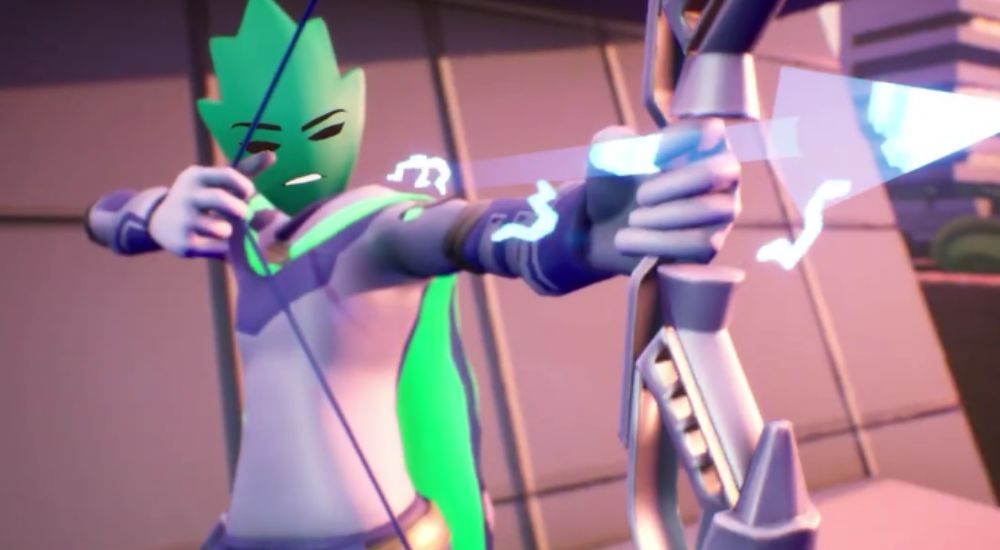
What are NFT games?
NFT games are just like their standard counterparts. In fact, their only difference lies in the fact that NFT games use NFTs while normal ones do not.
Like in usual games, players can get items and in-game currencies by completing tasks and defeating foes. However, those rewards are self-contained within the game environment. In NFT games, however, items and currencies rewarded to players are entries on the blockchain, allowing players to sell them for money.
What makes NFT games especially interesting is that, on occasion, developers will create exclusive items for players to chase. If they only create 20 exclusive items, only 20 players will be able to get them – no matter how large the player base is. Those who get their hands on such objects will be their exclusive owner, being able to trade and sell them however they please.
Why are NFT games popular nowadays?
NFT Games have been increasing in popularity because it’s possible to make money from them – and lots of it if you’re lucky! Many see NFT games as an investment, which is not at all wrong, allowing people all over the world to turn a hobby into a money-making machine.
Believe it or not, in poorer countries, many make ends meet by playing such games. The Philippines in particular embraced NFT games, with almost a third of the surveyed respondents claiming to own an NFT by late 2021.
Even though most are playing to make a profit off them, you will find more niche types of players everywhere. Some want to create a massive collection of exclusive NFTs whereas others might just be having fun with no intent to make some cash.
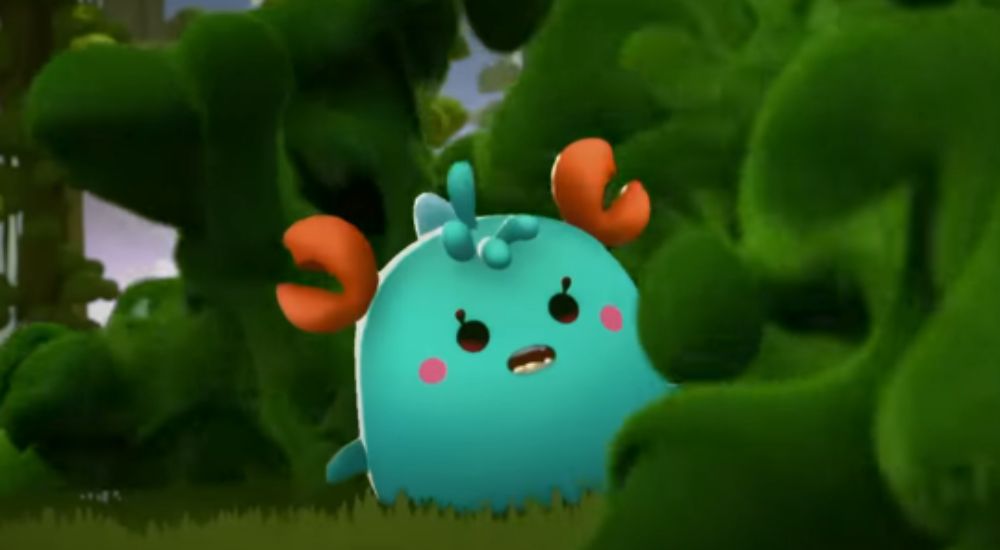
How to create an NFT game: your journey starts here!
Knowing that NFT games can be a nice source of revenue for players, can you imagine how profitable it can be for developers? Despite being a newly formed niche within the game industry, the prospects are outstanding. A recent report by Brand Essence Research shows that the global NFT games market was valued at $788.5 million as of 2021. This figure is expected to reach a staggering $2.89 billion by 2028.
To have a greater chance of tapping into its huge potential gains, it’s crucial to follow the current best practices, which we’ll list right below.
1. Pre-production: iron out the details
Just like any game out there, NFT games also require preparation. The first step goes as usual: you start with an idea, discuss it with top-level executives and other game designers, improve it, and record every piece of information in the Game Design Document (GDD).
Some of the first decisions to be made include the game engine of choice (like Unity, Unreal, or something else), its genre, the tech stack your team will be using, the platform(s) for which you will launch it, its objectives and core gameplay elements.
Once the GDD’s draft has been created, it’s important to conduct thorough market research to test the project’s viability. This is often accomplished by identifying and studying your future competitors, which can give you valuable insight into how to design a successful NFT game while avoiding common pitfalls. Pro tip: make sure to read their user reviews to gain a deeper understanding of their players’ pains and wants.
As your team collects more insight and further refines the initial idea, it’s important to define the platform for which you will launch the game and create a prototype, allowing your team to test your game’s idea and see if it works in practice.
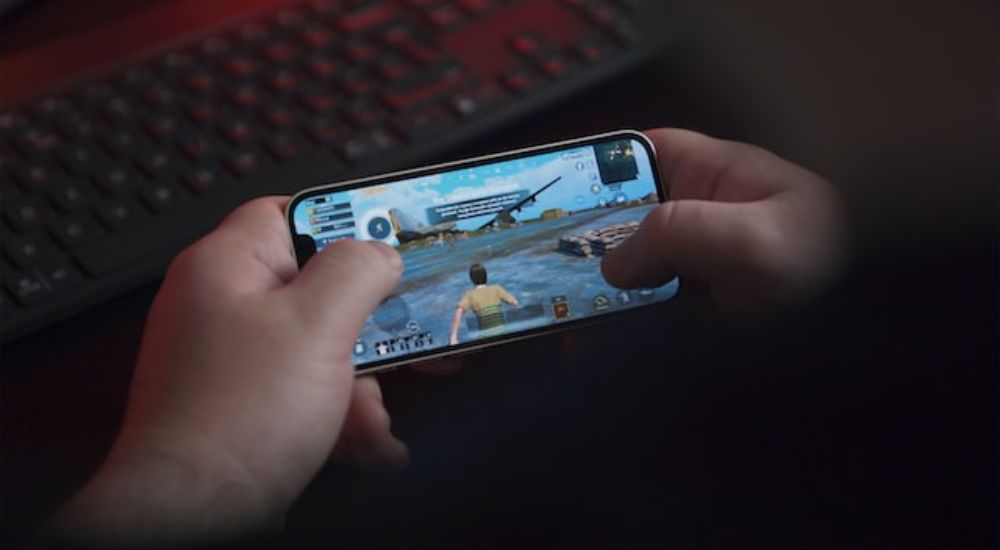
2. Development: create your NFT game
Once your team finishes pre-production, it’s time to get your hands dirty. As usual, creating the assets for a game is where the majority of the time goes. After all, creating fantastic drawings or pixel art (if developing a 2D game), or detailed models and properly animating them (if developing a 3D game) is a process that takes months – if not years – to finish.
While artists and composers are working on creating the visual parts of the game, developers work on its logic, ensuring the game works as defined in the GDD, and designers focus their attention on creating the best player experience possible. As the game’s details are further polished and updated, so is the GDD. As the document serves as the backbone for the entire project, it’s critical to keep it updated.
However, the development of NFT games requires two additional steps:
- Set up a crypto wallet: as it’s possible to trade or sell gaming NFTs for cryptocurrencies, all games require a crypto wallet. Metamask is currently the most popular application of this type, being adopted by millions worldwide;
- Create a smart contract: they are self-executing pieces of code that govern the rules regarding the generation of NFTs. It’s crucial to put great effort into developing a robust smart contract because it’s responsible for the security of your game and its transactions. Furthermore, it’s impossible to edit or rewrite a new smart contract, so nailing it right away is a must.
3. Testing: ensure everything works properly
Being a recent technology, NFTs are new both to developers and players. Considering how those tokens have value in the real world and that the rarest ones can sell for thousands of dollars (and sometimes millions), it’s extremely important to test your game with every new feature. This is where quality assurance (QA) professionals come into play.
There are many ways to test a game, which ensures every part of the game works as envisioned. Some of the most vital tests include interoperability testing, security access control testing, unit testing, compliance testing, usability testing, and performance testing.
All in all, tests are usually cyclical processes running in parallel with development. As programmers assemble new features and artists create new assets, it’s paramount to test them right away and fix as many bugs and crashes as possible.
It’s common for games to run some beta tests as well, which have proven very useful to developers. In these cases, people will play your game and generate valuable information, such as bug reports and steps to reproduce them, allowing your team to pinpoint what’s wrong and promptly fix it.
Keep in mind that, despite everyone’s best efforts, making a bug-free game is almost impossible, but keeping them at a minimum from the start will save massive headaches going forward.
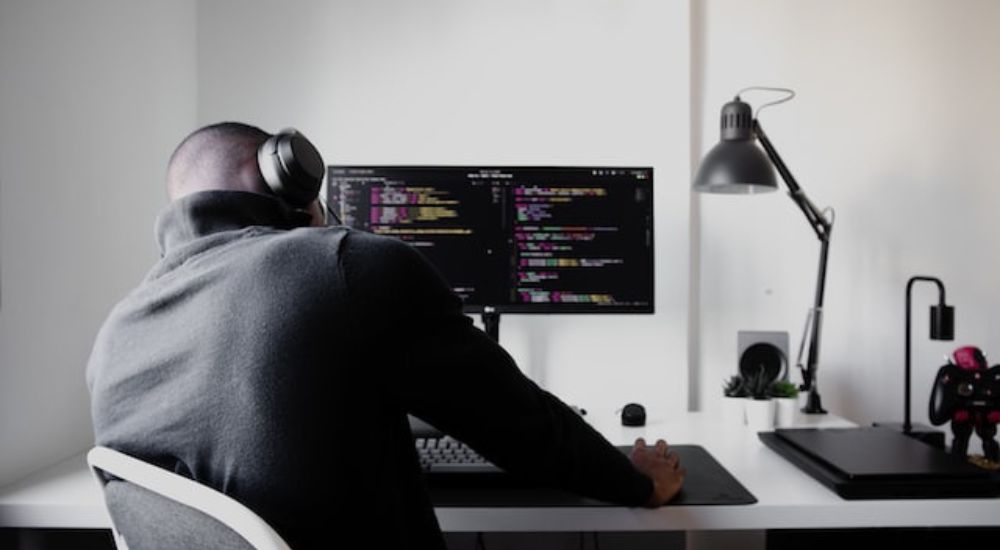
4. Deployment: launch and promote your game to the world
Once your team is ready to share your creation with the world, it’s important to run a compelling advertising campaign. Well, you can’t have players if no one knows about your game, right?
One of the best ways to make your NFT game known is to join multiple popular NFT/crypto communities and spread the word around, but the usual marketing techniques will work just fine, like targeted ads, social media buzz, and special launch bundles.
5. Post-launch: fix bugs and keep the game fresh
Even after thoroughly testing a game, players will eventually find pesky bugs that managed to scrape by and evade all QA testers. Don’t worry, it happens with all games, and NFT games should be no exception.
Those bugs should be fixed in order of most to least severe, as major bugs can often wreak havoc and be a tremendous source of frustration for players. Some bugs are so severe that they can render the entire game unplayable or even wipe a player’s data. Minor bugs, on the other hand, are just occasional annoyances that don’t affect the gameplay.
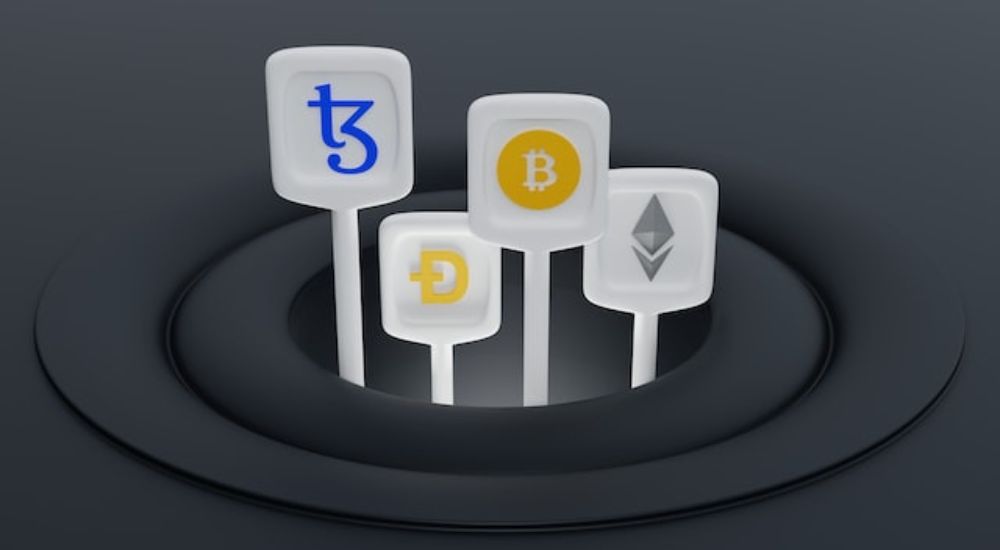
NFT game development
Creating an NFT game involves a series of steps to bring your vision to life. From planning and game design to development and testing, it’s essential to structure the game and integrate non-fungible tokens seamlessly. Learn how to develop your NFT game, leverage NFT technology, and join popular NFT communities to shape the future of gaming. Test your NFT game and immerse players in a unique and high-performance gaming experience.
Closing thoughts
As you can see, NFT games might be a recent addition to our world, but they are already shaping our relationship with games. There is a lot of untapped potential within the niche, which is growing bigger by the day. A recent report by Technavio shows that the NFT gaming market size is estimated to grow at a compound rate of 35.02% a year until 2027, more than three times bigger than the same rate for mobile games.
When it comes to NFT game development, you have two options: you can take the long and challenging route of creating something of your own, or the quick and easy way out, cutting straight to the chase by hiring professional game developers. While either option will work, working alongside experts in game development is a surefire way to make a memorable game.
If you end up deciding to work with a professional game development studio, check Main Leaf out, a professional game development studio. We create incredible games on demand for our clients, and your upcoming game could be our next project. With a roster of 70+ passionate professionals, we are ready to help you out with NFT game development, taking it from pre-production to deployment at blazing-fast speeds!
By the way, did you know that we have created an NFT game called Minted?
If you’re interested, then request a game quote right now. We’re looking forward to working with you!

